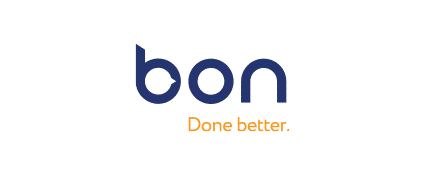
Bon EOOD is a Bulgarian company established in 1994 that offers the largest portfolio of wild bird food products in Europe, the USA, and Canada. The company’s 350 employees cover the entire supply chain, from raw materials to the end consumer. It uses assembly line production with semi-automated workstations and produces product in advance in the summer in anticipation of demand during the main season in autumn and winter.
The teams know the type and quantity of the products to be manufactured as part of an order. However, the forecasts for the duration of order processing follow rough estimates based on empirical values as well as projections from one-day test production runs. The current production status is unknown. The company checks its stocks on a weekly or monthly basis. When a goal is reached, a note is left in an Excel spreadsheet.
The number of orders has increased over time, so Bon EOOD has expanded production by opening several production lines. Mityo Dryankov, Director of Maintenance, Innovations and Technology at Bon EOOD, explained:
“We needed a professional solution that could tell us current production status in real time so that customers could be informed of when they could expect an order to be ready. We also wanted to communicate objectives to our employees and involve them more within the overall context of the company. On top of that, we needed a better basis for making strategic decisions.”
Dryankov first tested a server-hosted solution. However, this proved to be too expensive and the company opted for Peakboard in the end. Dryankov noted,
“We saw that Peakboard is not a one-man show like some of its competitors. What’s more, the low-code system was flexible enough to implement quickly into our production lines.”
An initial meeting, during which Bon EOOD tested the basic feasibility of the solution, was followed by a joint workshop. This involved recording production processes and logics and defining the goals of the visualization, with the main focus on the data from which the individual KPIs are defined. Another need that went far beyond pure visualization was expressed at the workshop. Dryankov recalled,
“When we saw what could also be achieved with Peakboard, we expanded the project. We then decided to set up a complete MES and also booked ten consulting days.”
Initially, however, neither the machines nor the ERP system could be connected, so there were hardly any directly usable data sources. Peakboard made the information available after just a quick retrofit by using the hardware component Peakboard Edge to connect a light barrier that digitally records the signals and makes them available for further use. Now the number of finished products is recorded exactly, whereas before it was only an estimated number without any intervention at the system control level. The solution assigns them to the order and a shift and displays the degree of goal achievement. As a result, employees participate in a playful “shift race” competition between the different shifts. Dryankov explained,
“We set up our counting system ourselves using sensors and light barriers, but we used Peakboard’s support to handle the rest.”
The sensors send the data to Peakboard’s Industrial Edge solution. From there, it continues via an SQL server to the dashboards.
Bon EOOD can also independently generate orders and feed them into the system. They appear immediately on the dashboards along with their real-time processing status. In order to generate analyses for production optimization, Bon EOOD can also access a database that can store all orders and make it possible to filter according to lines, shifts, degree of target achievement, defective products, and interruptions. Data is saved every 2 minutes. Even after a possible power failure, the solution is ready to go again in almost no time. This is made possible by specially implemented fallback functions.
A total of 43 Peakboard products are in use. The dashboards are placed above the production lines. All the information for the entire shift is shown together on an additional display on the shift manager’s desk.